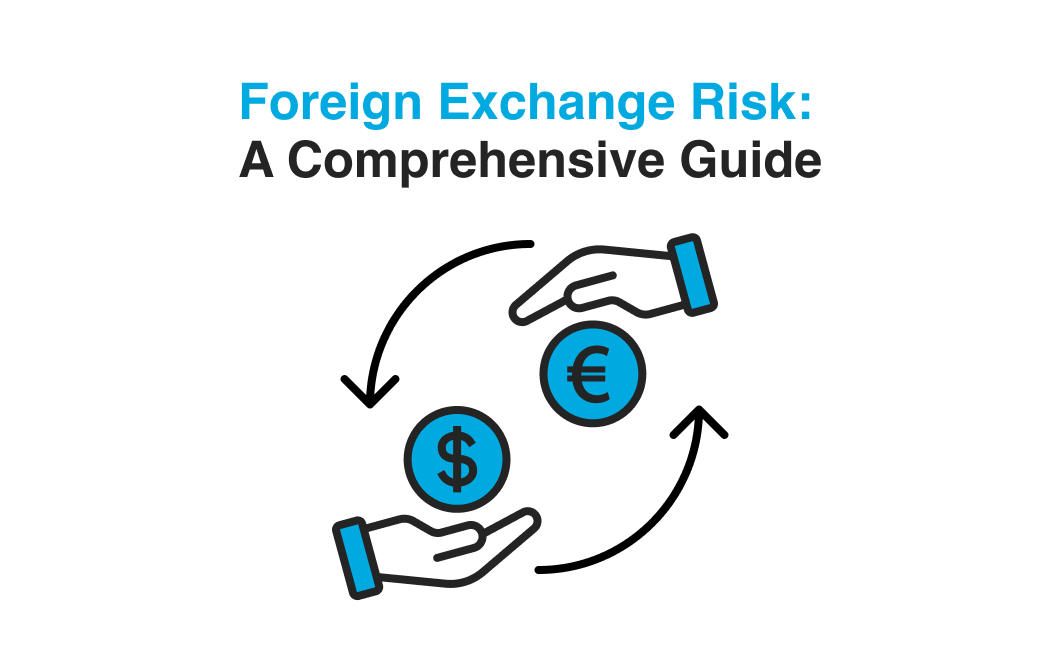Discover essential FX hedging strategies and currency management best practices from our foreign exchange experts.
Reducing unwanted FX gains and losses in your business

If you’re a CFO or Treasurer in a multinational or mid-cap company, chances are you’re familiar with unwanted FX gains and losses. Successfully mitigating them is another thing altogether.FX gains and losses mainly occur because there is a difference in the exchange rate from the time an invoice in a foreign currency is received till the time a payment is made. The same also holds true for a receivable.By law, companies must record their books in their functional currency. This means that any assets or liabilities in another currency have to be recorded in the functional currency value, which is often done using the spot rate - although this is not always the case.Exchange rates for many currencies are in constant flux, and they sometimes undergo periods of considerable volatility. This volatility and variability creates differences in the exchange rates applicable on the invoice and payment dates. When the volume of these accounting entries are significant, unwanted FX gains and losses can then distort the picture of the company’s financial performance. Let’s say that a company receives an invoice in a foreign currency. As mentioned, it has to account for it in the functional currency of the company. Then, at a later date, the company also has to again account for the payment of this invoice in the same currency. However, during the time, it’s likely that the market has moved and if the company has not applied any hedging strategy, FX gains and losses can occur. It’s that simple.
How can companies better manage their unwanted FX gains and losses?
Companies can reduce their FX gains and losses by hedging their invoices until the moment of payment using financial instruments (e.g. currency forwards or futures), to protect future cash flows in foreign currencies against FX variations. But in some business models, this is not always an optimal hedging strategy. In industries where the real economic FX exposure is generated long before the moment of invoicing, it is necessary to apply a different hedging strategy to cover this risk. For example, for a Tour Operator in the Travel industry, the transactional risk starts long before they receive the invoice issued by a supplier - it actually starts at the moment a client makes a booking. Therefore, the hedging also needs to take place much earlier. The problem is that if you hedge at the moment of the booking - so you can better protect your profit margins - from a pure accounting perspective you can actually increase FX gains and losses due to the different moments in time when the booking (hedged item) and the financial instrument (hedging instrument) are being recorded in the P&L statement.The good news is that this effect can also be avoided by applying hedge accounting. To effectively reduce FX gains and losses, you can use an automated micro-hedging solution like Dynamic Hedging, combined with Kantox’s Hedge Accounting solution, depending on your business model and needs.












